Photography and Interview Cecilie Harris
Fashion Abena Ofei
Grooming Christabel Draffin
After two years, I meet Harris Bell again (a dancer with the Royal Ballet) for another creative collaboration. Our previous creative unfolding was in the deep woods on the outskirts of London. This time, we meet on the beach with a view into the open horizon, somewhere between Margate and Broadstairs.
Since his first photo shoot (which was his editorial with Boys by Girls), Harris has been exploring. By meeting again, he wants to create together, flexing his muscles further and exploring movement versus emotive performance. I love shoots like this. Shoots where nobody is watching – except all the people on the beach – and the aim is to simply let creativity drive where we end up. In addition to sharing these visuals with you, I wanted to give you an insight into the mind of Harris to explore what goes through the psyche of a young dancer. In the below conversation, we dive into keeping creatively satisfied in a contemporary and ever-changing world.
So this feature is simply this; an exploration of freedom and expression, perfection versus imperfection and a visual interpretation of how movement meets emotion. Harris is grounded and reflected. He has prepared his body and mind over the summer, and he is all fire.
You can find Harris Bell performing as part of the Royal Ballet dancers in this season's ballets are the Royal Opera House.
You have a very nice first name.
It was a gift from my parents. [laughs]
How would you paint a picture of the person you are?
I'm a ballet dancer from Scotland. A boy of the forest through and through, but somehow I made my way to the big city and am now a dancer with the Royal Ballet. My mum echoed throughout my childhood that I was an earnest kid. I'm quite grounded in general, very curious and someone who is in pursuit of further understanding in as many senses as I can get hold of. When I can get a sense of realness to something, I feel my utmost myself.
How did your story begin?
It began by allowing my curiosity to run wild and letting it always steer me, going down each avenue which opens up to me at 100 miles an hour with no breaks. I've always made decisions based on deep interest and curiosity to understand myself. As deep as I can delve, as deep as I can find. Following each path has gotten me to the incredibly fortunate place I am in now.
Can you describe the curiosity that brought you to ballet?
It's not something I necessarily did, it has always been an integral part of me. It's part of my existence, in a way. Curiosity is such a great medium to explore many avenues of yourself, of other artists and creatives. There is a big cesspit of creativity that is unlimited fuel for curiosity. When I was young, ballet was more about the fun of it than curiosity. I had so much fun doing it, so I never thought of it as drills or schooling, it was joyous.
And how do you want your story to end?
Ideally, I would have influenced someone else to better themself and their act. I'd be really peaceful knowing it has paid off. I guess it's about leaving a legacy, not necessarily an egotistical legacy but a bettering of or development of self through others.
I really enjoyed working with you back in 2020. I know we were both keen to work together again. What drew you to want to create another shoot together?
I loved how open you were to have the last shoot in the forest. You asked me where I would be inspired to do the shoot, and I think that's real freedom to give an artist, allowing me to be in a place where it's comfortable. I admired the way you work and then seeing the images that came from it was great. It was the first time I had been in front of a camera as well. I was kind of shocked when I got to see how the lens captured me. Those little moments where you caught me off guard when I wasn't trying and finding the humaneness in it rather than the posed picture. I'm rooted in the forest. My house is in a forest in Scotland by the river, and I grew up barefoot, with bows and arrows, climbing trees. That's where I'm most at peace.
We had just come out of lockdown, so we were both looking for some sort of freedom and a place to breathe.
Yes, a space to breathe. I hadn't been at the ballet for a while, as it obviously had to shut down, so it was so nice to be outside in the woods. I remember it being tricky to know what to do in front of the camera, but you helped me break through the resistance I was feeling. I think that's because there were absolutely no rules to what I needed to deliver, and I have only ever worked with my body under a strict set of rules. At the shoot, there were no right movements, which can be frustrating. There is a 360 scope. You've got four dimensions to play with. I've only studied and known classical forms, so that really broke me out of a mould I didn't know there was an outside to.
I remember you looking at me with eyes that said: "Am I doing it right?". But we got there, and now you've done more photo shoots. Tell me about what that opened up for you in terms of creative exploration.
I realised after maybe two or three shoots I could kind of do whatever I wanted. There is no right or wrong, and that was so freeing. I've opened up so much in a balletic sense and as a dancer, just by recognising there's no right or wrong to being creative. There is no better or worse. There is no perfect. There is no imperfect. There is just whatever is created. When I'm in front of a camera I can be free with my body in a way I can't be when I'm dancing. That's why I love it so much.
As a performer, if I base what I do on what I want the audience to perceive, then it doesn't go the way I want a lot of the time. But if I base it on how I want to feel while I'm doing it, then I know the audience will be able to feel something similar. I'll conjure up something and it's like there's a mirror between whoever's looking and whoever's doing and I want to insert an image that shows different states of being human. With this shoot, I wanted to explore different extremes of emotion – I wanted to see what we could come up with.
We've just looked through the images today, do you think we managed to achieve what you have in mind?
I think we got it and there are a few in there that strike some wrong notes.
I like that!
What I wanted to do was place some wrong notes in a photo, and I think there are some in there in my movements or positions. There is real freedom in putting a wrong note in something and I've been drilled in classicism, which from a ballet perspective is mostly all about perfection. There are a few captures in this collection that are really twisted, even if it's just a tiny finger in the corner or there is something uncomfortable about it. Hopefully, it stirs up something in the viewer. Perhaps it's even relatable.
You mention that classical ballet isn't about perfection. Ultimately, you are delivering someone else's art.
I feel like it has evolved from the preconceived idea of what classical ballet is and it's becoming more of an interpretive style. Not to say that when we're not upholding traditions and protecting the technique as it is, we still practice ballet class every day, which is effectively scales, warming up your body the same way a pianist will do before they play. The classical ballets are more of a technical challenge. Some dancers are technically flawless in classical ballet, but if you give them a dramatic role they might not shine as much as they would if they did the classic technique.
You have to pay your respects to how difficult ballet is in the structured sentence of it, and then you have some more modern ballet, with Kenneth Macmillan as a legendary choreographer of the Royal Ballet. His gut-wrenching passion and emotion were at the forefront rather than the technical feats or the beauty, it was the real uncomfortable science of being human that he could explore through the movement of ballet. Then you have people like Crystal Pite, who is a pioneer and did a three-act with movement and dance, which is kind of what we would call contemporary, but it's classed as a ballet, which I found interesting. It opens up more scope for me. Each has its place and each can be admired for different reasons, but if you try and compare them it's impossible. I think for me, I get the most release creatively when I can release any nervous tension through a character having emotions. I can cry or be angry on stage and that makes me feel more alive. I'm figuring out what I can do with my body and what I can pull out on stage.
Everyone knows that becoming a ballet dancer takes a lot of work and a lot of years. How does that impact who you become as a person?
We do the same steps in class for an hour and 15 every single day and they rarely change. I find this repetition and the way you approach it carves out your being - not just for the rest of the day, but for every year and every season. If you do anything every day, it will change your way of thinking. I carefully cultivate my approach to practice, to the drills and the repetition, because I know that's me creating habits. Just yesterday, I had a revelation, a lightbulb moment about recognising that the steps we have were given names after they were created. But if I strip the names and the understanding of it, and I just have that movement, it becomes something more modern. It's free-flowing and it's creative, there is no right or wrong in that sense.
How has it shaped you as a human being?
I think it has taught me to respect structure and how to use structure to a benefit. It has taught me about progression, growth and discipline. It taught me that discipline is more important than motivation. Motivation will come and go, like the tide, but discipline sits as sand is always on the beach. Ballet has taught me to respect doctrines of structure.
Yet at the same time, you have this curiosity to break the structure, to challenge the structure, in terms of what we did together creatively in this shoot.
You can't have one without the other, like 'good cop, bad cop'. I often think of Picasso, in this sense, who grew up very vigorously classically trained. He could draw a face to the dot but from that pursuit of perfection, structure and classicism, he was then able to use that to create beautiful abstraction. I think the technique that comes through practice and drilling is a vessel for art.
If we talk about dancing, whether it's classical or more contemporary, can you describe what is it that you enjoy when you're dancing?
If you have ever seen a child dancing, like really dancing...
Like Billy Elliot style?
Yes, exactly! I should say it feels like electricity. I mean, he's spot on with that. [laughs] When you find joyous abandon, when you break through the structure and when there is no adultness about it, it's like you're Peter Pan flying for the sake of flying. Not to get anywhere and not to do anything. You're just being pure to what you're feeling in the moment.
When was the last time you had that feeling?
Yesterday. I took out all the names of the steps I was doing. It was just in rehearsal on a normal Monday morning, simply a class and monotonous practice like I do every day. It was the enjoyment of sensation and a pure feeling of doing. I think that's what density might be like, feeling and not doing.
In a place where you are often performing someone else's art, how do you keep yourself creatively satisfied? There are a lot of expectations that come with it.
It ebbs and flows. For some pieces, you've got to show up, do your job well and pay respect to the heritage of what you're doing. If I have a quiet period and need an extra creative outlet, I'll carve spoons or create forms and shapes as well as dance. Sometimes I'll get up a little bit earlier and go to the studio, smack on whatever music I feel like on the day and pretend I am a kid. I'll let go of the fact that I'm 23 years old and just make it fun. Whatever step I'm doing, how can this feel good?
In terms of creative release, how have your found doing these photoshoots?
On the first shoot we did, I realised that I can move my body in a different way than the way I was taught at school. And that it's not wrong. That there is more range to my joints than I thought, and that I can put more expression into my body than I've ever done before. The more I practice that, the more I can instil it in my work as a ballet dancer. I can make it more than just the perfect execution of a step because I've let go of the thought of right or wrong movement. That freedom opened me up to the idea that I can do more with my body than just ballet positions or movements.
I like the curiosity you have to explore the boundary within movement. How do you feel when you get to express these human emotions through your dance?
I've always recognised myself as more of a dramatic artist than a classical artist. Although I'm classically trained and I'm in the middle of a very classical profession. Some dancers are absolute perfectionists when it comes to technique and they're outstanding at perfect execution. I'm more inclined to pull out whatever I can from myself dramatically through dance – I try to dance from the inside.
How does dance fit into the modern world of today?
I think dance in general is recognised as a release, and it can be a great emotional release. If you put music on and no one is going to watch you and you can do whatever you like, you're likely to want to move your body, to feel that sort of weightlessness and bounciness. You can leave all the troubles for a short amount of time.
How do you dance when nobody's watching?
A lot of jumping around and maximum energy in the mornings. Evenings are slower, whatever feels good to me in the moment.
We talked a little bit about your body as a piece of art which you have very carefully shaped. What relationship do you have with your body?
We often refer to the bodies as our tools or craft. If you see it that way, you realise you're not the skin, you're not the bones or the muscle or the blood. That's just something you use to portray what you want to, and it's my responsibility to keep it as healthy and malleable as I can. It needs to be strong enough to hold my weight up and push me off the ground and it needs to land safely. I like to think I've got a relationship of care towards it but I also like to see how I can push my mind.
And what about your relationship with your mind?
The mind I'm always trying to stretch as much as I can, which can snap back and hurt me sometimes. I use the body to stretch my mind a lot of the time, to see what I'm capable of. My mind will give up way before my body does a lot of the time, you know.
Talk to me a bit about the new season at the ballet.
To start the new season, we’ve got Mayerling, which is my number one ballet. My bucket list role is Prince Rudolph in Mayerling. Until I reach that dream, my current role is waltzing in a sleazy Tavern, I love it. [laughs] There are characters in here you can really lose and find yourself in, so that's been amazing. The drama and the emotion are through the roof. We've also got Crystal Pite, who is making a new three-act and through us, she is able to go deep into the audience's soul. It's about journeys, it's very human.
Sounds like my kind of ballet. Are there any final thoughts you want to share with our readers?
If you go back to the essence of why you started, and what it felt like when you started when you were making those first big leaps of progression and how good that felt, why that felt good, if you remind yourself of that when you get stuck in life then it's an instant path back to passion. I've been lost as everyone gets lost in the mundane and monotony, so whenever I get stuck, my break free is to go dancing. I remember there is no right or wrong. There's no such thing as a position. There's no such thing as a set step or movement. It just is what it is as you do it. I think that's the most important thing I've been able to explore.
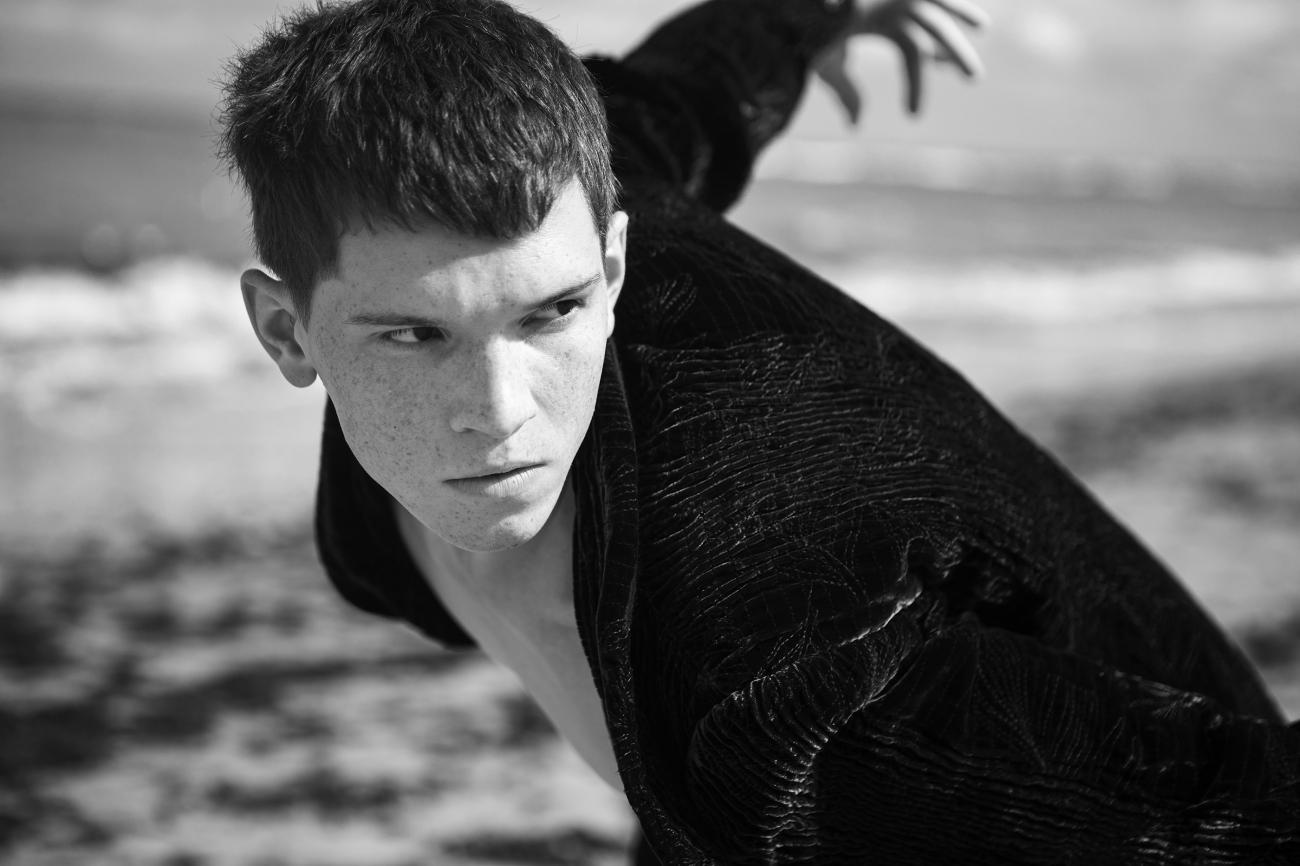
above: Harris wears jacket by Emporio Armani
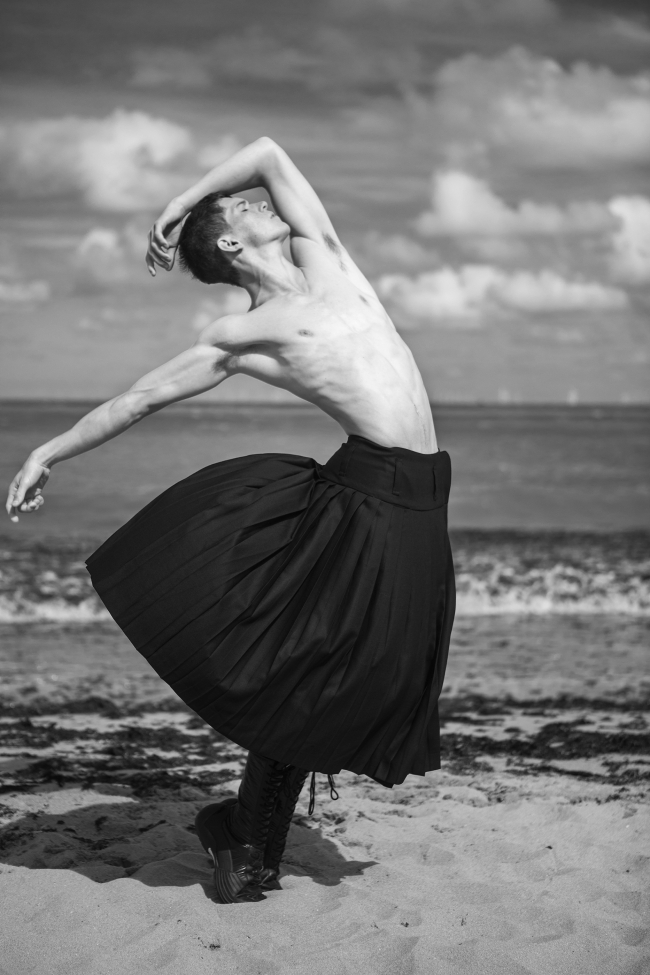

above left: Harris wears kilt by Margaret Howell and boots by Lanvin
above right: Harris wears coat by Homme Plissè Issey Miyake
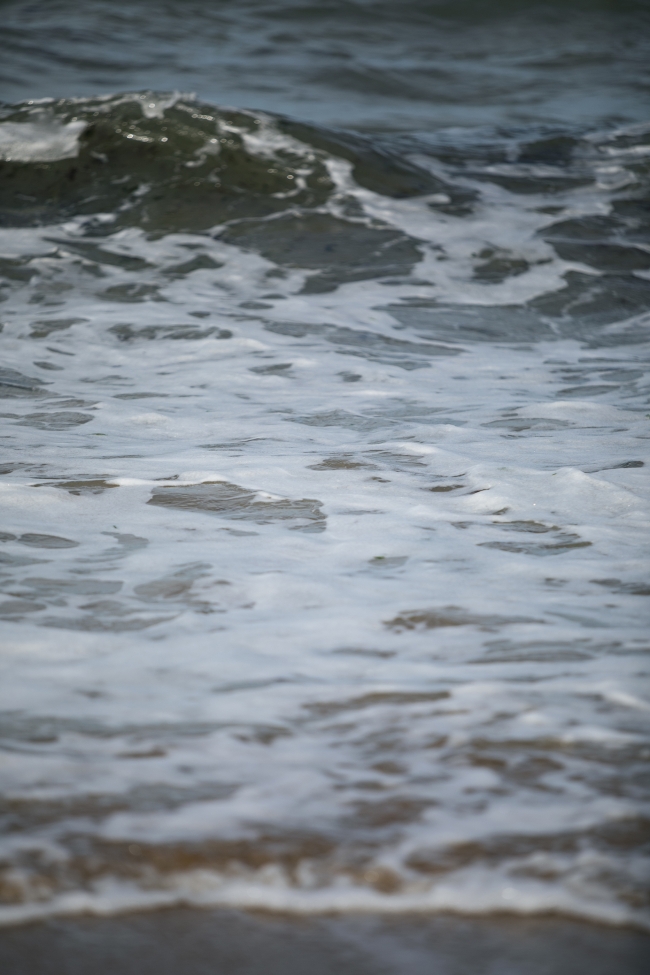
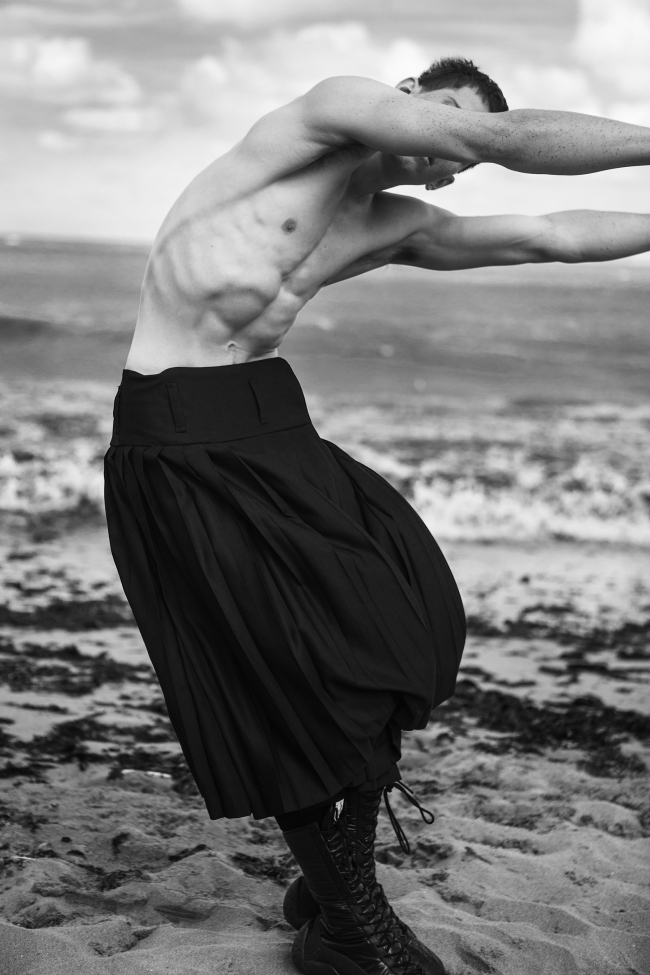

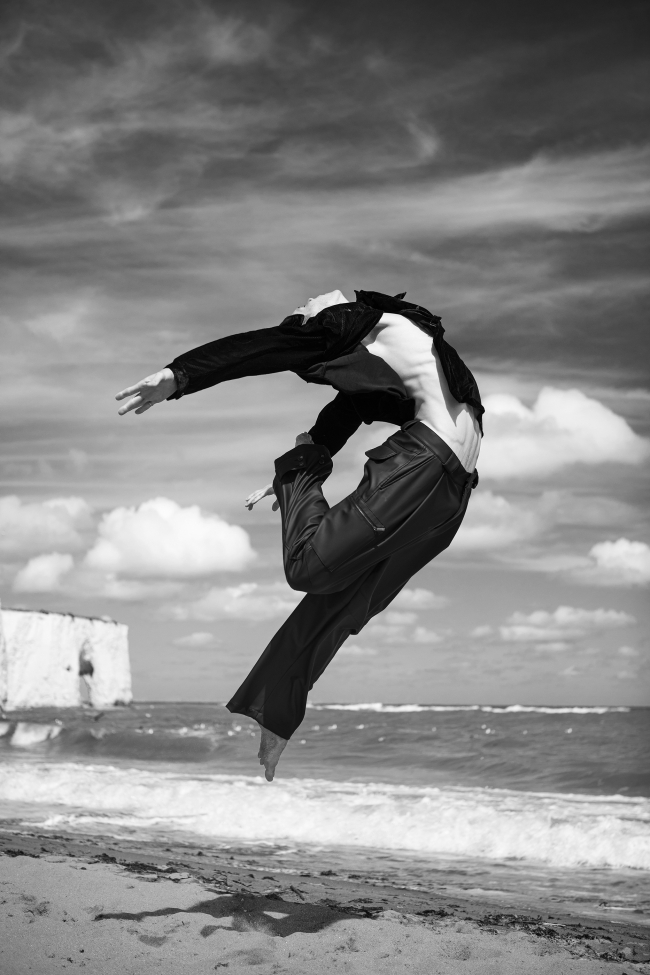
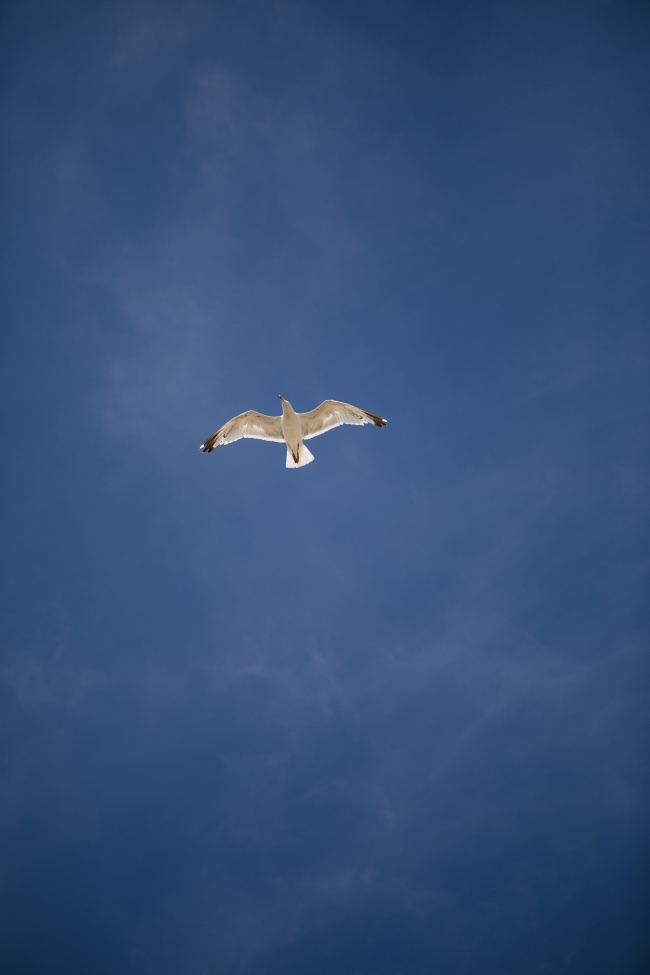
above left: Harris wears shirt and trousers by Emporio Armani
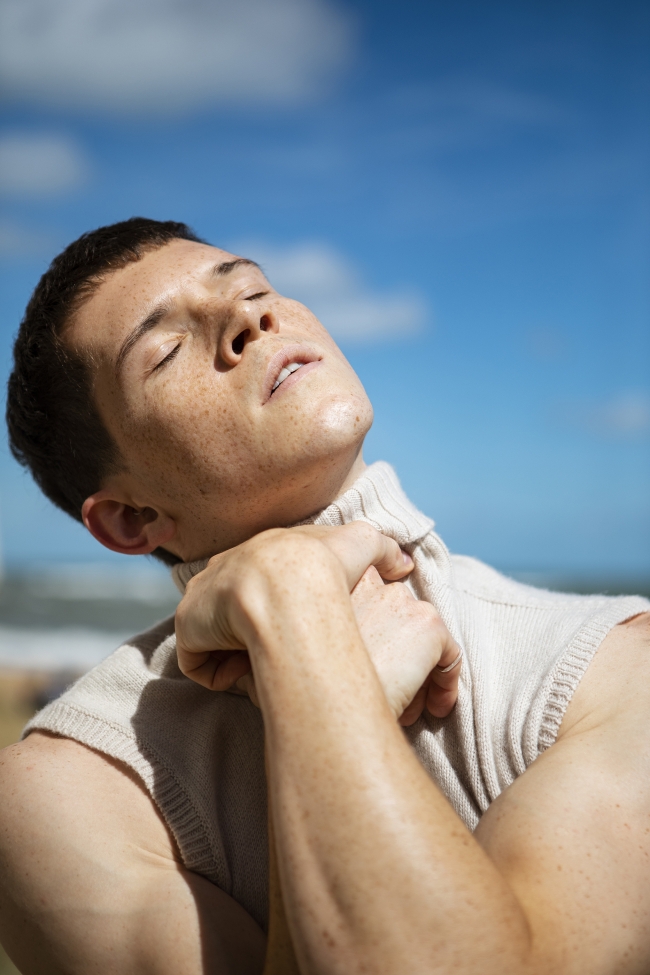

above left: Harris wears roll neck by Margaret Howell
above right: outfit as before


above left: Harris wears jacket by Emporio Armani, Kilt by Margaret Howell and boots by Lanvin
above right: Harris wears top by Daniel W Fletcher and trousers by Etro
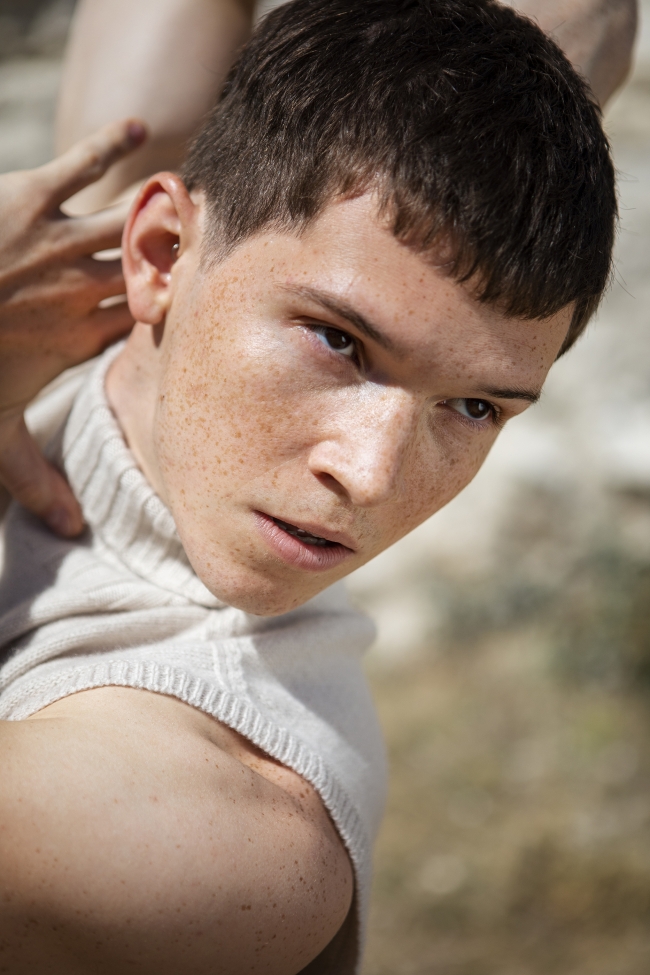
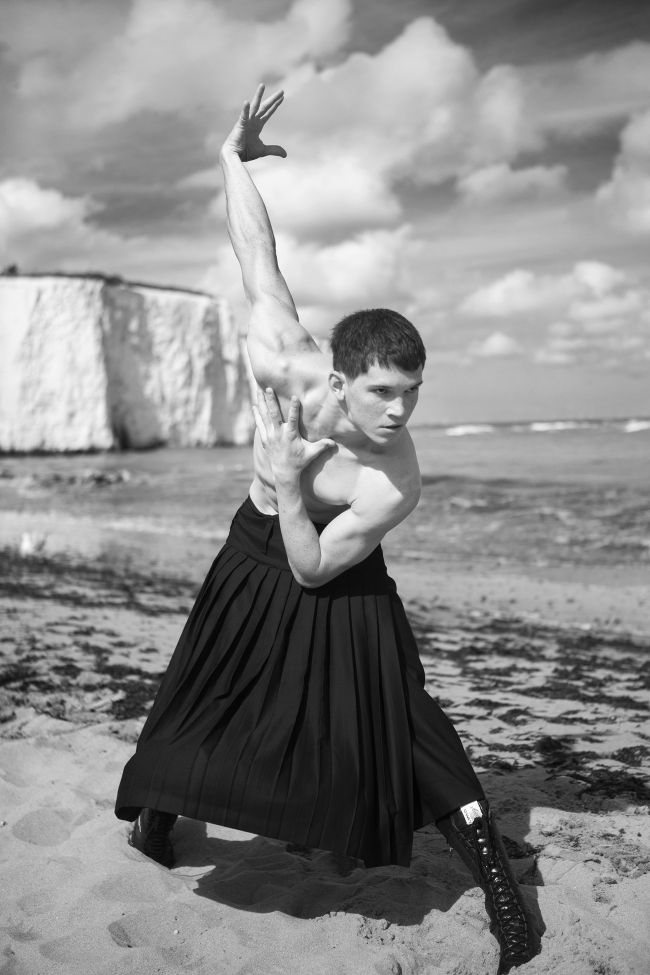

above: Harris wears dress by Qasimi and tights Harris' own

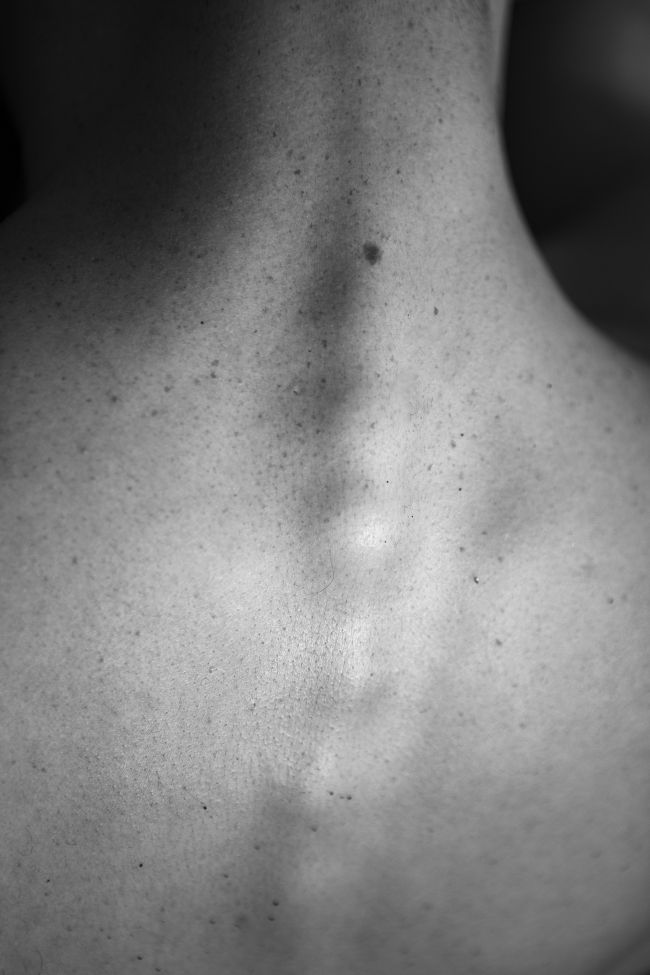


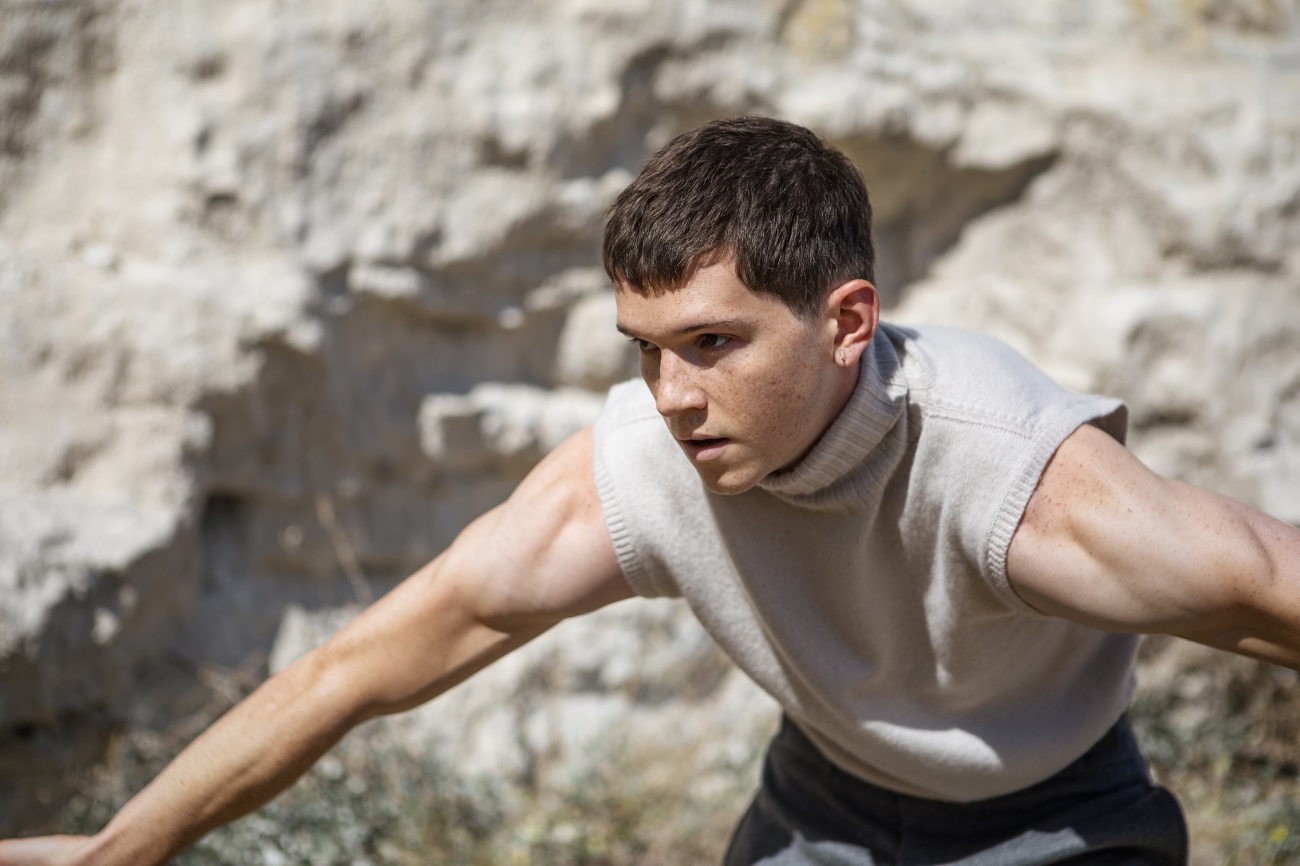
above: harris wears roll neck by Margaret Howell, Trousers and belt by Emporio Armani


above left: outfit as before
above right: harris wears roll neck by Margaret Howell, Trousers, belt and boots by Emporio Armani
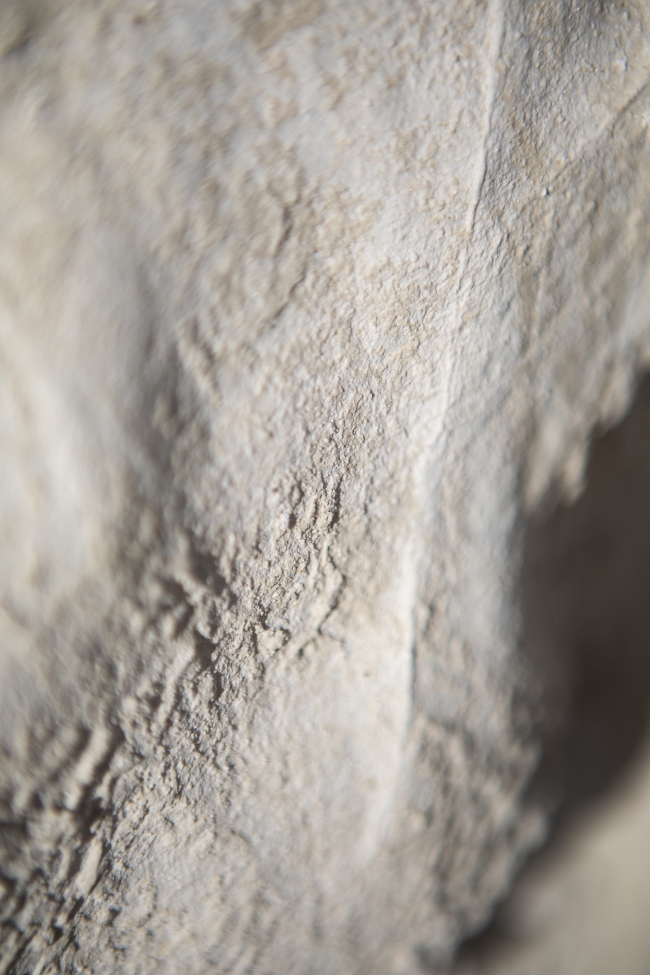
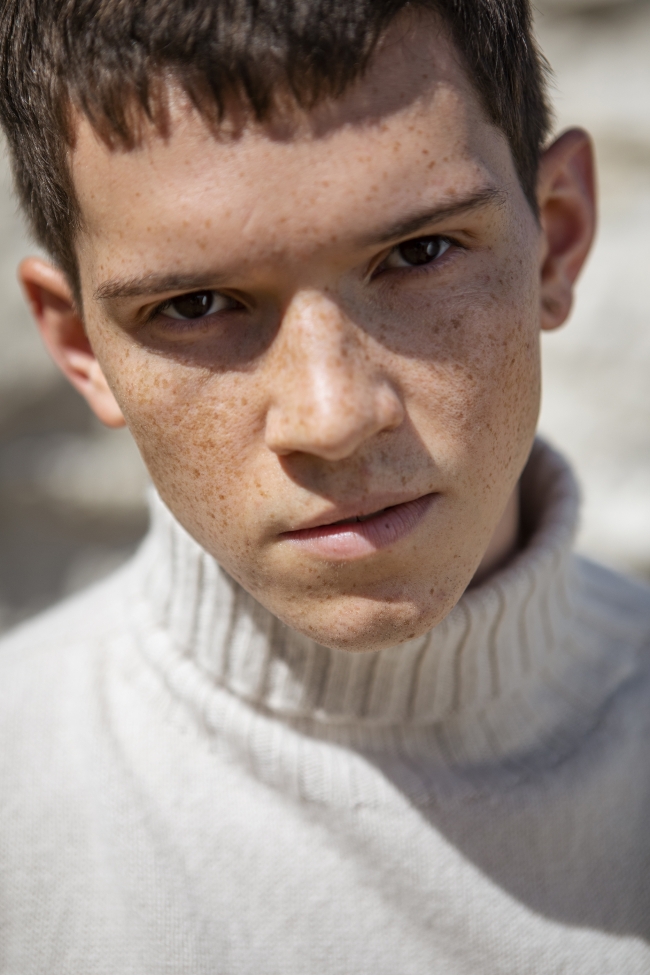

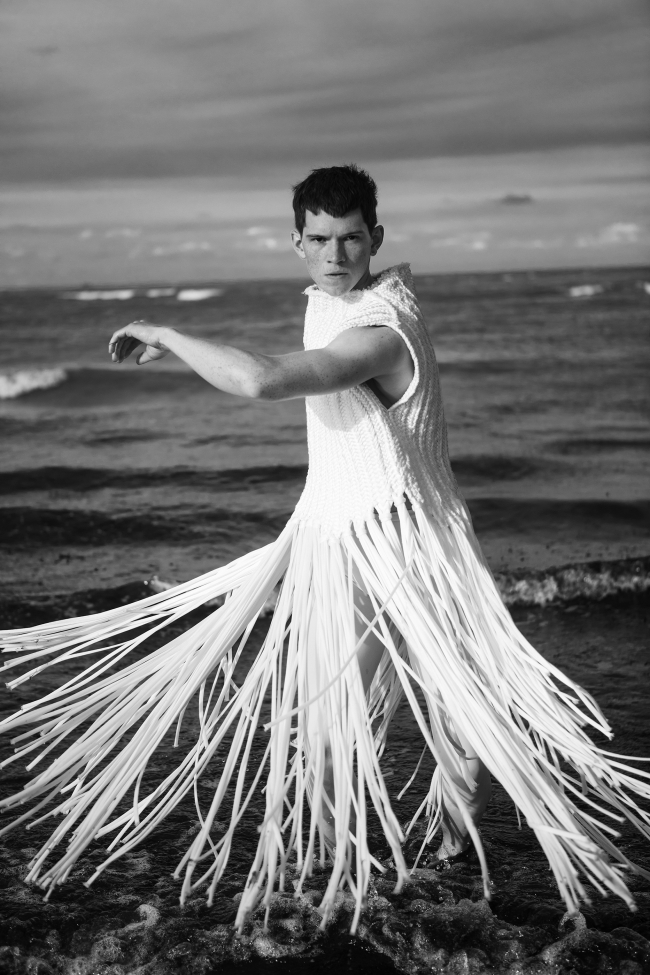
above left: Harris wears t-shirt and dress by Alexander McQueen
above right: outfit as before
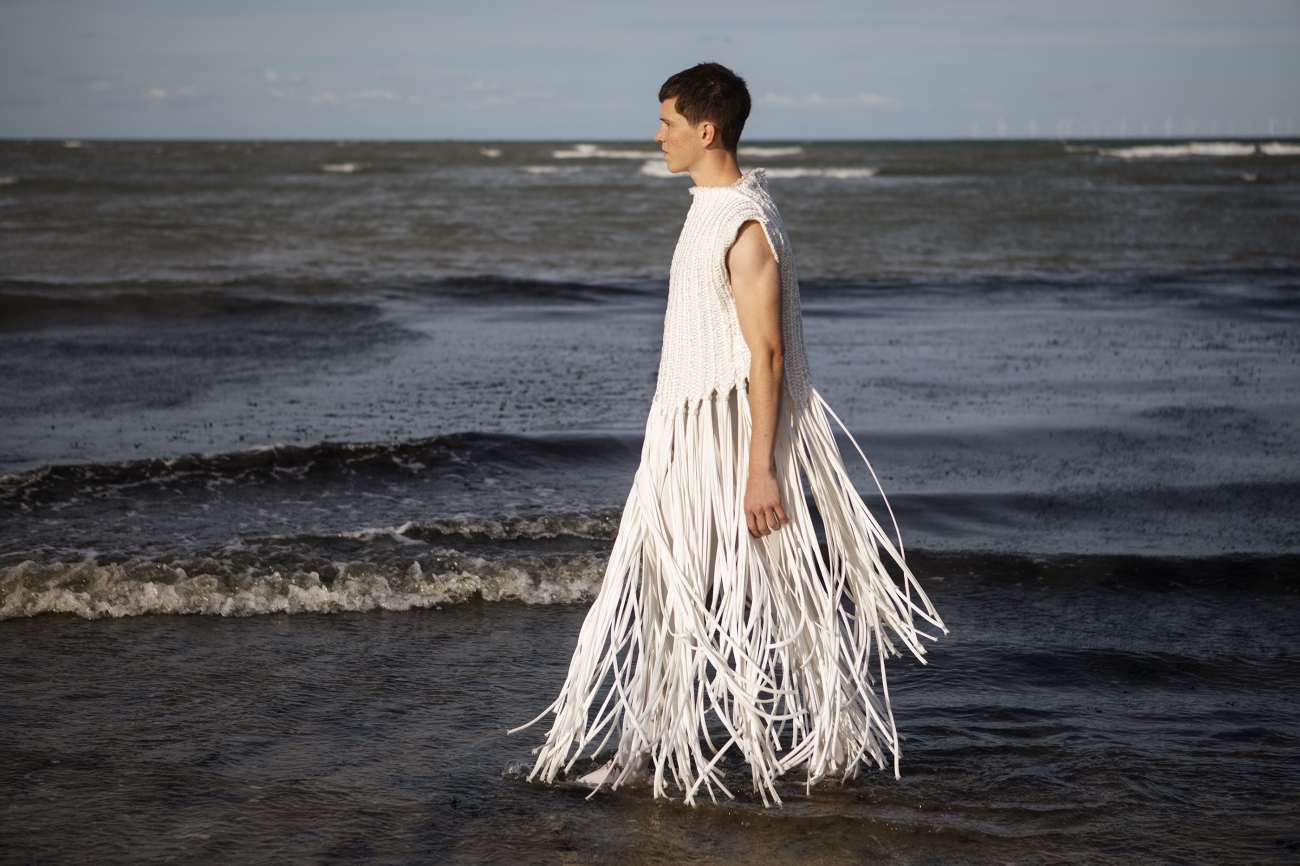

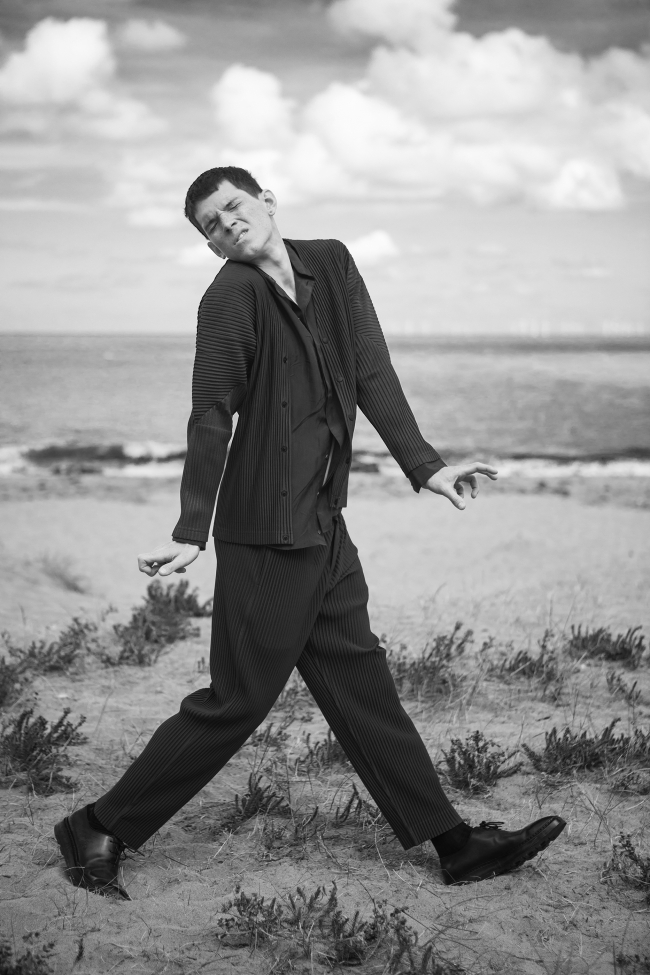
above right: Harris wears cardigan and trousers by Homme Plissè Issey Miyake, shirt by Emporio Armani, socks by Pantherella and shoes by Berluti
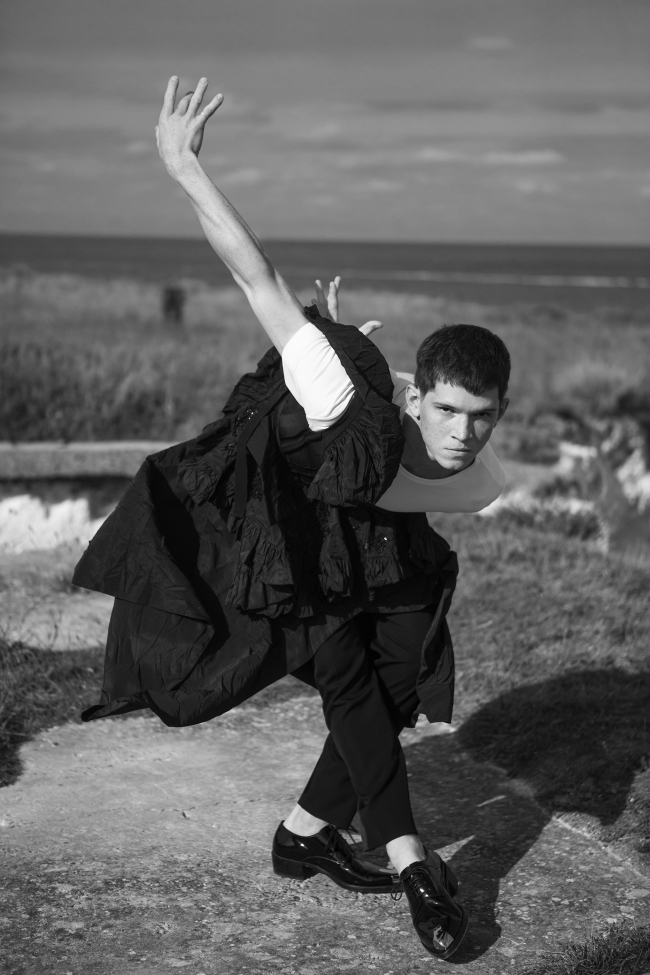

above left: Harris wears full look by Alexander McQueen

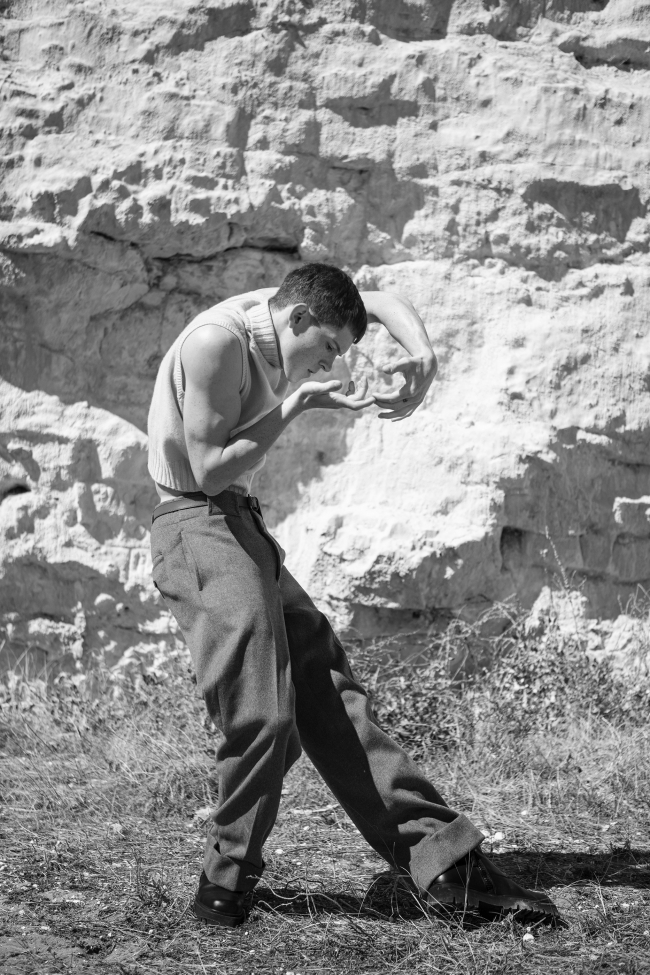
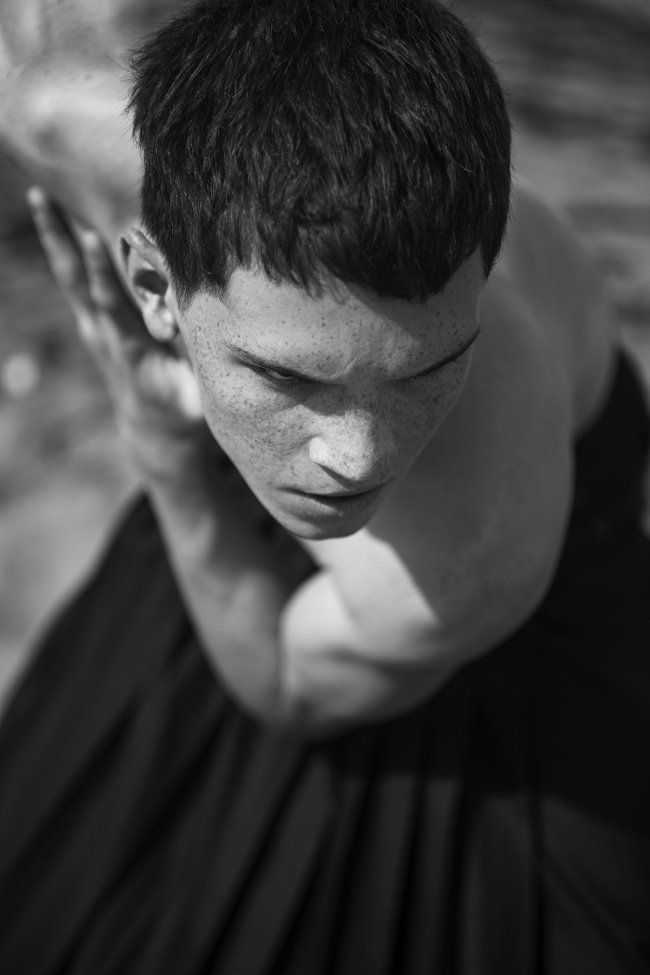


above left: outfit as before
above right: Harris wears top by Daniel W Fletcher, trousers by Etro and boots by Emporio Armani

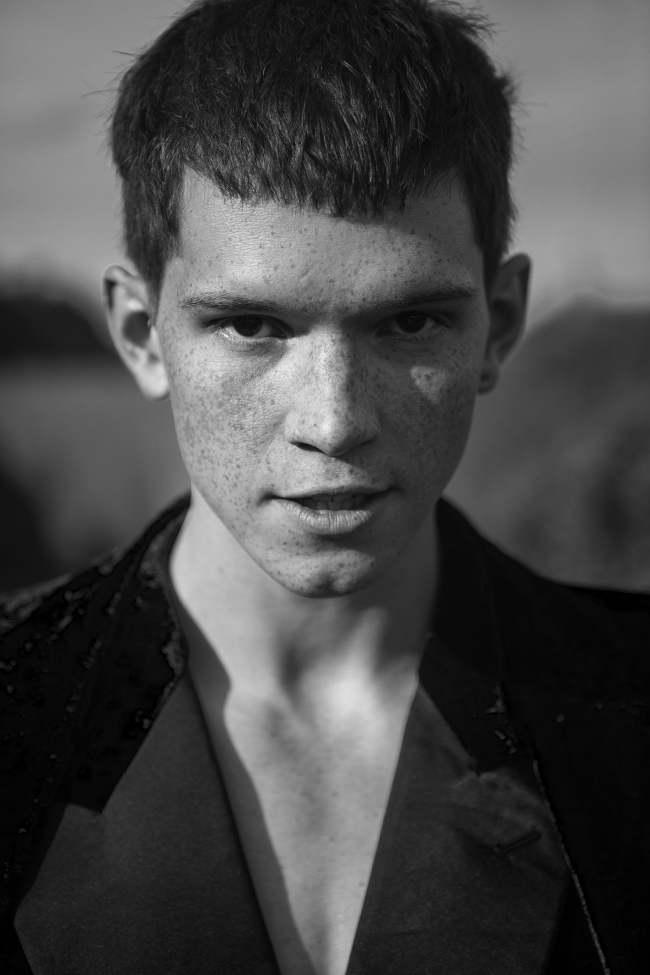
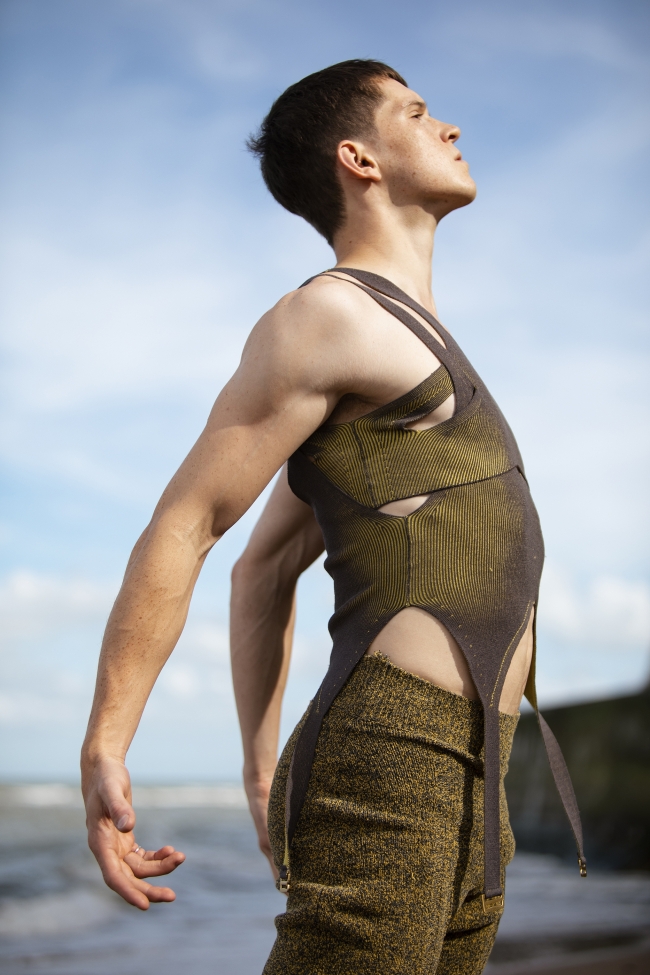
above left: outfit as before
above right: Harris wears top and trousers by Dion Lee
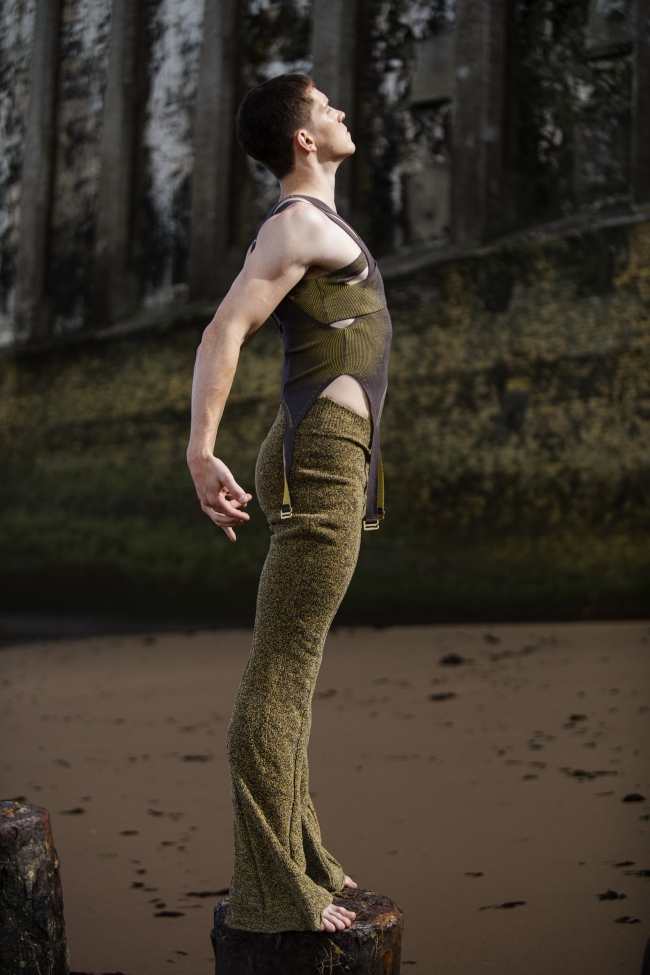

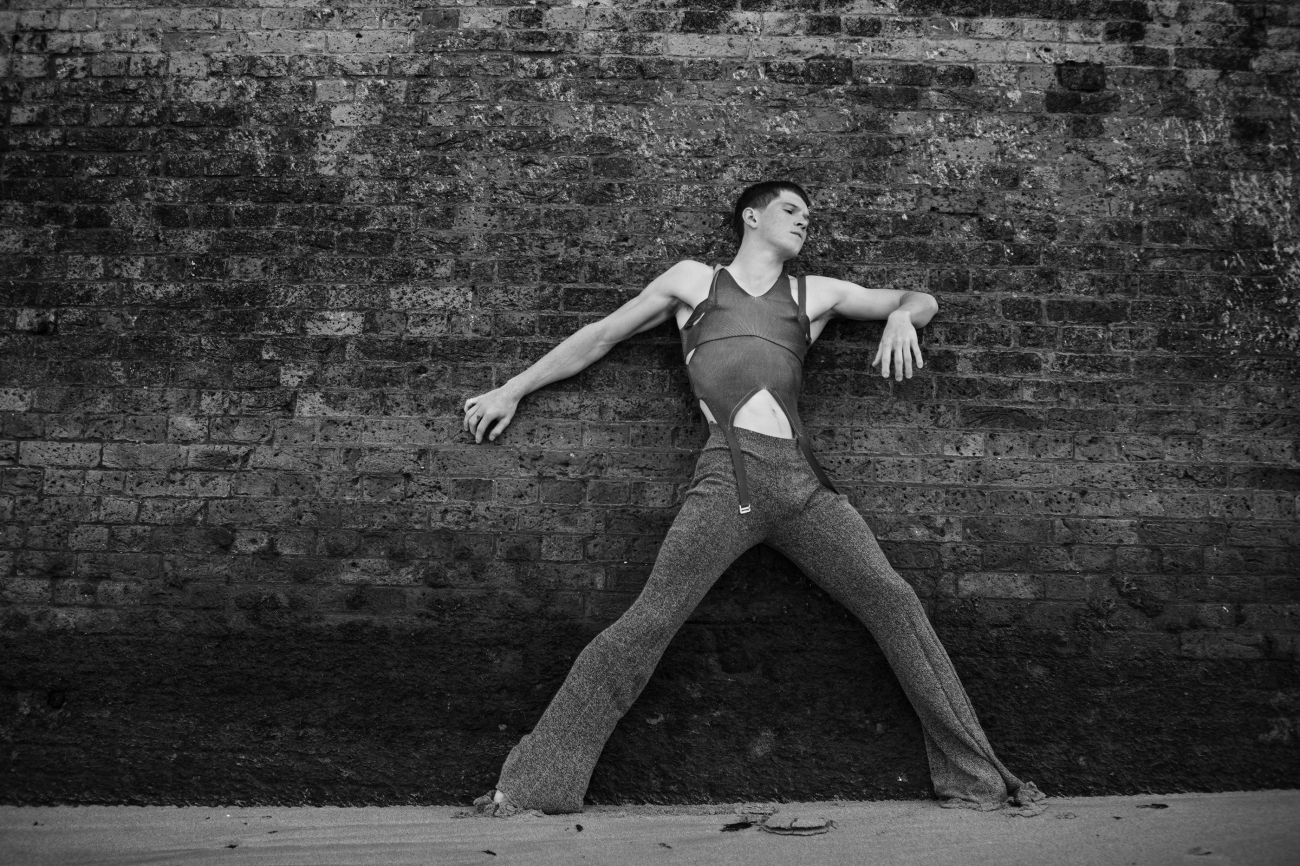


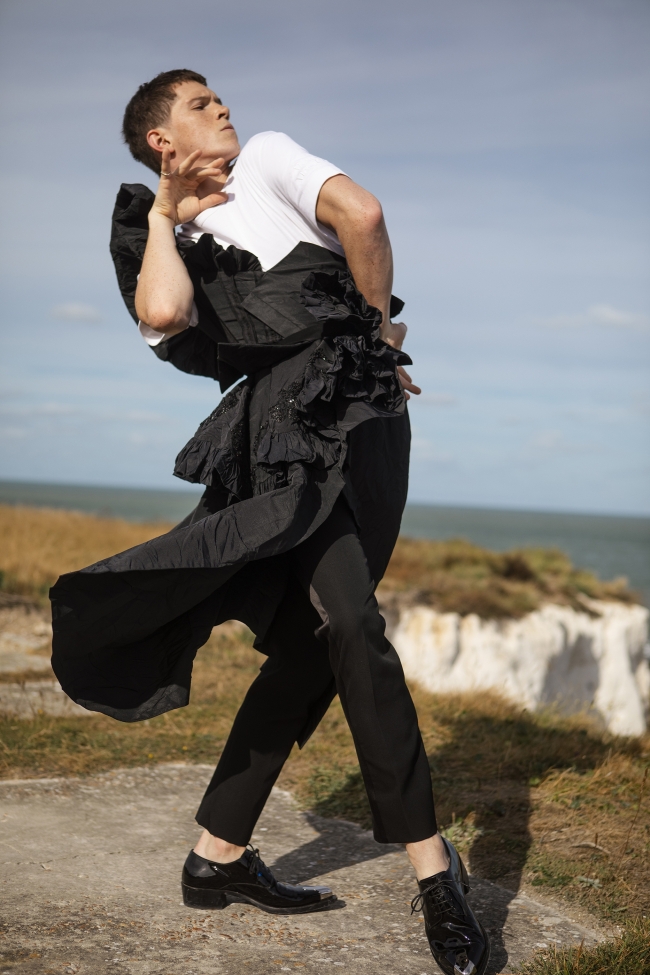

above left: outfit as before
above right: Harris wears full look by Lanvin
